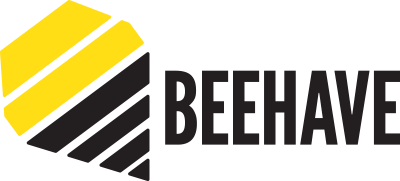KEY PUBLICATIONS
Twiston-Davies, G., Becher, M. A., Osborne, J. L. (2021) BEE-STEWARD: a research and decision-support software for effective land management to promote bumblebee populations. Methods Ecol Evol
Becher, M. A., Twiston-Davies, G., Penny, T. D., Goulson, D., Rotheray, E. L., Osborne, J. L. (2018) Bumble-BEEHAVE: a systems model for exploring multifactorial causes of bumblebee decline at individual, colony, population and community level. J Appl Ecol
Becher, M. A., Grimm, V., Knapp, J., Horn, J., Twiston-Davies, G., & Osborne, J. L. (2016). BEESCOUT: A model of bee scouting behaviour and a software tool for characterizing nectar/pollen landscapes for BEEHAVE.Ecol Model, 340, 126-133.
Becher, M. A., Grimm, V., Knapp, J., Horn, J., Twiston-Davies, G., & Osborne, J. L. (2016). BEESCOUT: A model of bee scouting behaviour and a software tool for characterizing nectar/pollen landscapes for BEEHAVE.J Appl Ecol, 51,470-482.
RELATED PUBLICATIONS
Longterm effects of antibiotic treatments on honeybee colony fitness: A modelling approach. J Appl Ecol.
Whilst we select these links carefully, we cannot guarantee, or be held responsible for their quality or content.
Photo © Pete Kenedy
